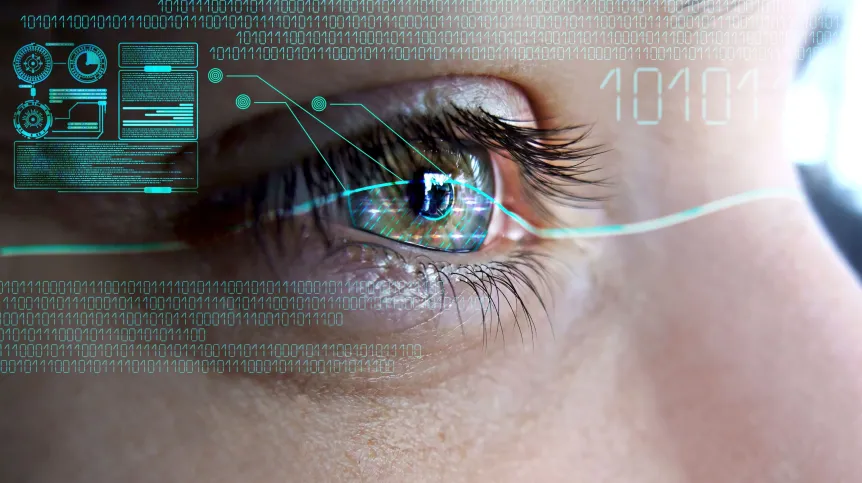
A new method for functional imaging of the human retina to improve the diagnosis of eye diseases, is being developed by scientists at the Wrocław University of Science and Technology.
The project, titled “Two-photon fluorescence lifetime ophthalmoscopy: New perspectives in the diagnosis of eye diseases,” received PLN 4 million in funding from the First Team FENG programme of the Foundation for Polish Science.
Team leader Jakub Bogusławski from the university’s Faculty of Electronics, Photonics and Microsystems said two-photon fluorescence lifetime ophthalmoscopy is an advanced technique that allows scientists to observe biochemical processes in photoreceptor cells “with high precision, without the need for sampling or tissue interference.”
He said: “This will enable the study of visual function in a completely non-invasive manner.”
According to the university, precise measurement of fluorescence decay times in the human eye remains a technical challenge.
To address it, the researchers are developing new solutions in optics, electronics and photonics, “including femtosecond lasers and efficient systems for detecting and counting individual photons,” the university said in its press release.
“It is thanks to these innovations that, together with our colleagues, we will be the first in the world to apply this technology to the diagnosis of eye diseases in humans,” Bogusławski said.
The project will be carried out by the Ultrafast Biophotonics Team in collaboration with the International Eye Research Centre in Warsaw, the University Hospital in Jena (Universitätsklinikum Jena) and InCellVu S.A.
The goal is to create a diagnostic tool for developing and evaluating gene and regenerative therapies for eye diseases.
“In the long term, our technology could contribute to the development of new therapies that will restore vision or prevent its loss. The photonic solutions being developed represent an important step towards the development of diagnostic methods and therapies that protect visual function,” Bogusławski said. (PAP)
PAP - Science in Poland
pdo/ zan/
tr. RL













